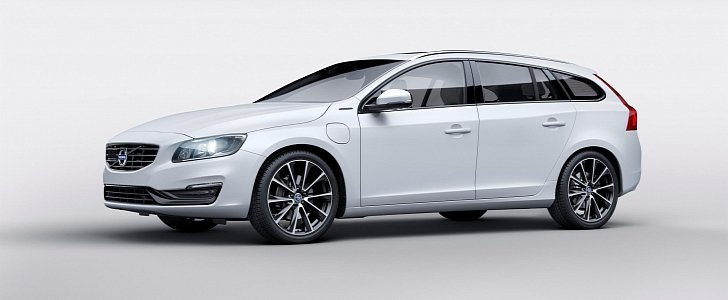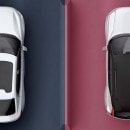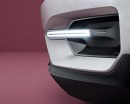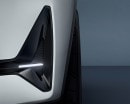After Chinese company Geely acquired Volvo outright from the Ford Motor Company, the Swedish automaker leveled up to new heights. The second-generation XC90, along with the S90 and V90, are proof to that. But Volvo Cars isn’t stopping at that.
At the SAE 2017 Hybrid and Electric Vehicle Technologies Symposium in San Diego, Volvo senior director of electric propulsions systems let the cat out of the bag. Mats Anderson said that Volvo’s first-ever EV would be introduced in 2019, together with 48V mild hybridization for gasoline and diesel engines.
According to Green Car Congress, the electric vehicle strategy is built around something called Modular Electrification Platform. MEP for short, the cited publication notes that this platform is “a set of modular building blocks for electrification than will allow Volvo to deliver vehicles ranging between 100 - 450 kW of propulsive power, with battery packs of up to 100 kWh in size.”
Let’s make a quick recap: 100 kWh of juice is what Tesla offers these days in the top-of-the-line variants of the Model S and Model X. As for the 100 kW to 450 kW part, that translates to 136 to 612 PS (134 to 603 horsepower). Don’t know about you, but a 600 hp battery-powered Volvo sounds really rad.
As for the 48V mild hybrid system, Green Car Congress reports that the first generation will employ a 10 kW (14 PS or 13 hp) electric motor. The following version will move up to 15 kW (20 PS or 20 hp). In terms of electrification, a 0.25 kWh lithium-ion pack and a 12V AGM battery will do the talking.
In the short run, Volvo will extend its plug-in hybrid efforts by introducing its all-new 40 Series with the similarly all-new T5 Twin Engine powertrain. The XC40 will be one of the first models to benefit from it, packing a 9.7 kWh lithium-ion battery and a seven-speed dual-clutch automatic. The tranny is expected to house a 55 kW (75 PS or 74 hp) electric motor within in.
By 2025, Volvo expects to have sold a total of up to 1 million EVs.
According to Green Car Congress, the electric vehicle strategy is built around something called Modular Electrification Platform. MEP for short, the cited publication notes that this platform is “a set of modular building blocks for electrification than will allow Volvo to deliver vehicles ranging between 100 - 450 kW of propulsive power, with battery packs of up to 100 kWh in size.”
Let’s make a quick recap: 100 kWh of juice is what Tesla offers these days in the top-of-the-line variants of the Model S and Model X. As for the 100 kW to 450 kW part, that translates to 136 to 612 PS (134 to 603 horsepower). Don’t know about you, but a 600 hp battery-powered Volvo sounds really rad.
As for the 48V mild hybrid system, Green Car Congress reports that the first generation will employ a 10 kW (14 PS or 13 hp) electric motor. The following version will move up to 15 kW (20 PS or 20 hp). In terms of electrification, a 0.25 kWh lithium-ion pack and a 12V AGM battery will do the talking.
In the short run, Volvo will extend its plug-in hybrid efforts by introducing its all-new 40 Series with the similarly all-new T5 Twin Engine powertrain. The XC40 will be one of the first models to benefit from it, packing a 9.7 kWh lithium-ion battery and a seven-speed dual-clutch automatic. The tranny is expected to house a 55 kW (75 PS or 74 hp) electric motor within in.
By 2025, Volvo expects to have sold a total of up to 1 million EVs.




































